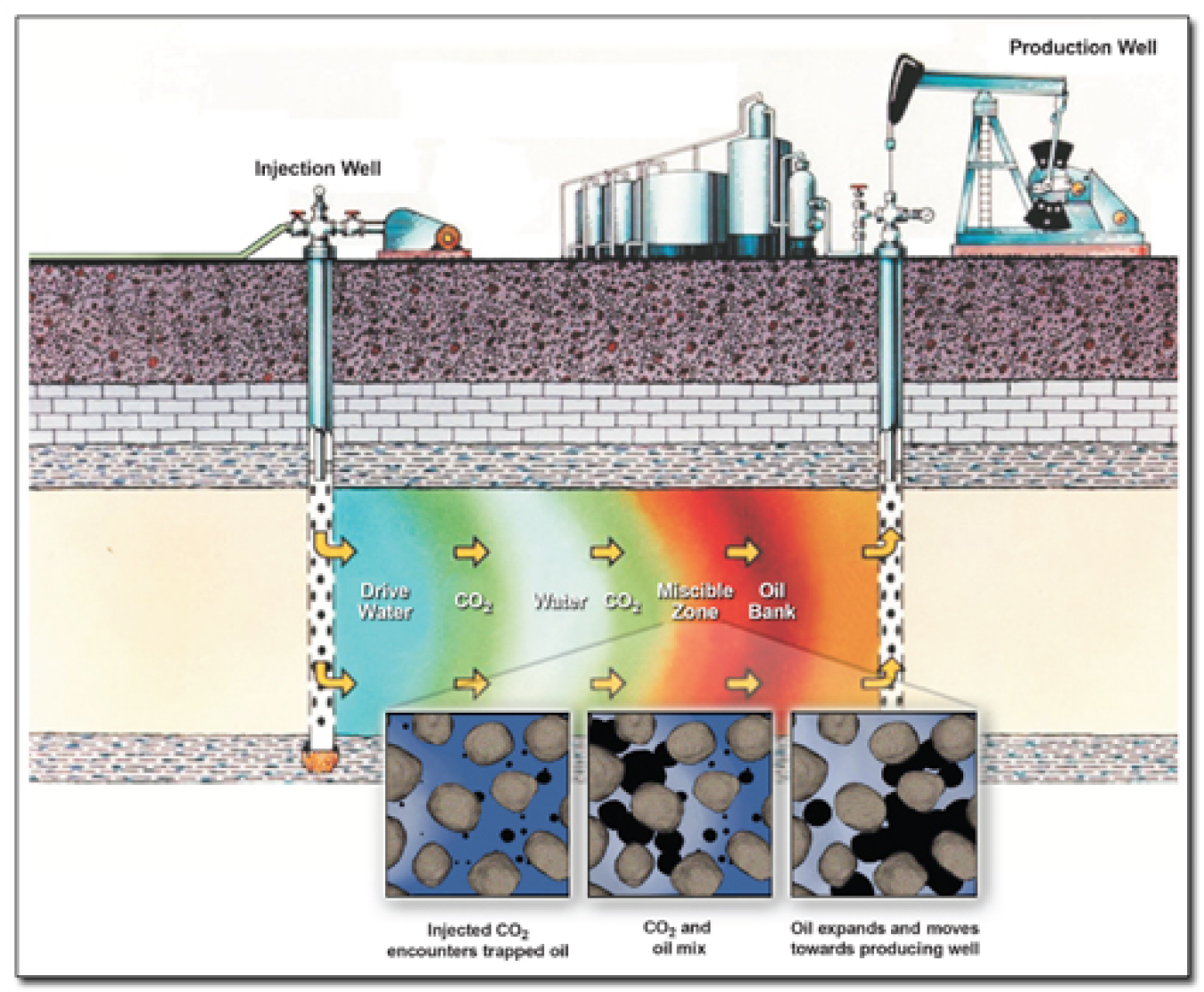9 Easy Facts About Restoration Service Explained
Wiki Article
What Does Restoration Service Mean?
Table of Contents8 Simple Techniques For Restoration ServiceThe Best Guide To Restoration ServiceRestoration Service for DummiesA Biased View of Restoration ServiceRestoration Service Can Be Fun For Anyone
Rather, dry samplings must be protected with organic solvent based consolidants such as Butvar or, or Acryloid B72. The 2nd technique to treating wet samplings is the sluggish, regulated drying out technique to stop cracking and delamination. Old aquarium made satisfactory drying out chambers. Restoration Service. The wet samplings can be put in the tanks and also plastic food wrap placed over the leading with a rubber band around the border to hold the cling wrap tight.For bigger specimens, a low-cost, yet practical drying box can be quickly created by putting an item of clear plastic sheeting, such as Visqueen, over a durable box. Area the wet specimen inside package and also cut a few flaps or slits in the plastic. The flaps will certainly permit a slow, controlled exchange of the damp air in package with the reduced RH (relative humidity) ambient air outside package.
Once more, flaps or slits reduced into the bag or tent would control the air circulation. To keep track of modifications in RH, a moisture scale can be placed in the containment area in addition to the specimen. One unfavorable negative effects of the slow-moving drying technique which keeps the sampling damp for an extended period of time is that it fosters mold and mildew development.
More About Restoration Service
The goal of all regulated drying out procedures is to bring the high RH of the damp sampling slowly downward until it matches that of the storage space area. Even if a water based consolidant is made use of to preserve (protect) a wet sampling, it is a good idea to apply controlled drying out treatments until the sampling is maintained to storage environment problems.
Storage space listed below 50% RH can result in breaking and also diminishing as the specimen dries out. RH over 70% urges mold and mildew and fungal development which can harm sub-fossil bone. Considering that both RH as well as mold and also fungal development are temperature reliant, it is necessary to keep the temperature in the slim good variety of 65 to 72 degrees - Restoration Service.
Please bear in mind that waterbased consolidants must never ever be put on samplings which have extensively dried. Specific attention must be provided to filler materials made use of to repair or recover sub-fossil bone. Products which diminish or increase upon treating need to be avoided as either activity can harm the specimen. Plaster cast ought to not be made use of on very completely dry samplings, because the water in the plaster will certainly create the specimen to swell and also crack.
Unknown Facts About Restoration Service
Epoxy putties, like Magic Sculp, although they are not conveniently relatively easy to fix, are alright if the repair is permanent, and not one that is likely to be reversed. Butvar or polyvinyl acetate adhesives can be loaded with Cab-O-Sil or silica microbeads to create a tight paste that can be made use of to load cracks and gaps.Polyethylene glycol (PEG), or Carbo, Wax, as it is commonly called is a water soluble wax used for protecting damp wooden artifacts. Its use as a consolidant for damp bone has actually blended reviews, particularly when it is liquified in water to make a setting solution for bone. However, it has been used to remove damp specimens from caves or various other wet settings by melting the Carbo, Wax and also pouring it over the sampling.

Restoration Service Things To Know Before You Get This
After the resin had cured for 6 hours, he immersed his specimen in a 5% aqueous remedy of thioglycollic acid (19 parts distilled water to 1 part thioglycollic acid). The enhancement of the calcium orthophosphate is to avoid the thioglycollic acid from scavenging phosphate from the bone.
My first experiment on eliminating iron deposits with thioglycollic acid got on a chert device from the Aucilla River. The chert sampling was so greatly dirtied with iron down payments, that it was hard to recognize truth nature or useful site form of the device. I placed the tool in a 5% solution of thioglycollic acid read this composed as aboveexcept that I omitted the calcium orthophosphate.
About Restoration Service
It was then eliminated, washed in water, and also positioned in a 5% ammonium hydroxide solution for a few minutes to counteract the acid. At this factor the sampling was positioned in a water bath for several hours.Thioglycollic acid is available from Fisher Scientific supplies at an expense of regarding $25 bucks per 100 ml container. That would certainly make about 2000 ml of 5% option. When working with any type of chemicals, one must constantly read the materials safety and security data sheets which the vendors supply and also comply with all policies for risk-free usage.
Hydrogen sulfide is a harmful gas, however familiar to everyone as the smell of rotten eggs and also sewage system gas. In the tiny amounts utilized for removing iron from flint tools, the usage of Full Report this acid need to offer couple of issues, particularly if the process is performed in a fumehood or in a covered container positioned in a well ventilated room.
Report this wiki page